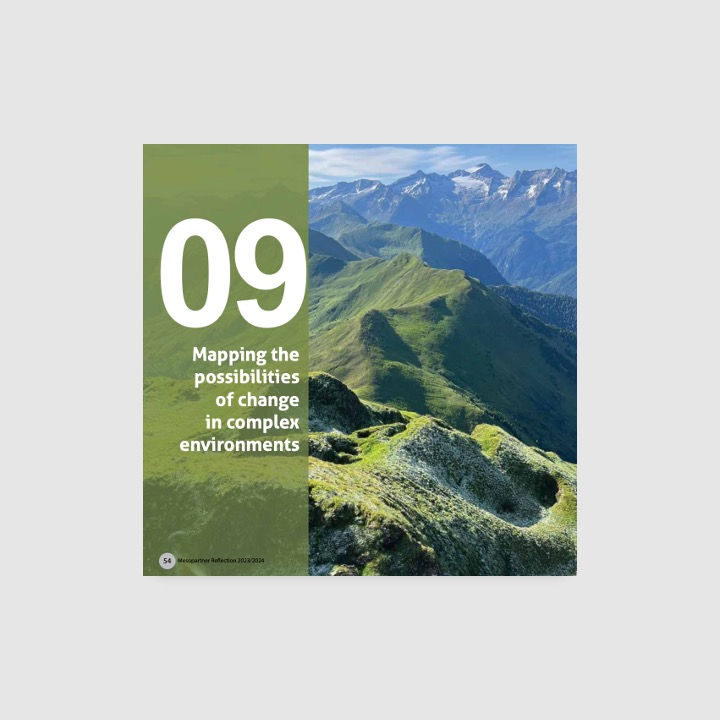
Advancing Entrepreneurial Innovation Ecosystems
Ecosystems have become very popular in the international development discourse in the last few years. However, the label ecosystem is often misused to describe a collection of organisations that are, in theory, supposed to be coherent and interdependent but often uncoordinated. In practice, many interventions to improve entrepreneurial ecosystems are mainly focused on the pillars or functions provided by the ecosystem, with almost no focus on the interactions and co-evolutionary dynamics in the ecosystem.
An ecosystem describes an interdependent network of actors, organisations, and infrastructure that co-evolves and iteratively learns about what is possible. A small change in one area makes changes elsewhere possible. An obstacle in one area enables novel innovations to emerge elsewhere. The actors in an entrepreneurial ecosystem span the public, private, and civil sectors. Entrepreneurial and innovative activity is not limited to entrepreneurs, as individuals, teams, enthusiasts and specialists work together across organisational boundaries to explore possibilities, build complementary competencies, and solve problems jointly.
An innovative ecosystem enables people to solve new problems and harness the energy and creativity of people and the environment to create novel solutions despite incomplete institutions, uncertainty, or environmental constraints.
Several diagnostic instruments are available in the development landscape, but they are relatively expensive to implement. Many of the popular ecosystem development methodologies focus on building the organisations and functions in the ecosystem, but this does not necessarily lead to a more dynamic or innovative ecosystem.
We developed a methodology to harness the existing energy and relations between actors in emerging entrepreneurial ecosystems, allowing the network to grow from its current position with the resources and competencies already in place. Our approach is natural and equips the weavers and their key stakeholders to explore possibilities and constraints together, make sense of opportunities, and instigate possible innovation and learning. This requires harnessing the differences between people to detect weak signals or opportunities and using obstacles or scarce resources to focus on iterative innovation.
Our experience draws on our longstanding experience in local economic development, the promotion of innovation systems and our application of complexity and evolutionary thinking to development contexts.
Additional Resources
(Scroll to see more publications)
Conventional change management is based on the premise that it is possible to close the gap between the current state of a system and a desired future state through a series of steps. Leadership plays a role in setting a desired vision and must balance the tensions between the pioneers and the traditionalists.
The Mesopartner approach is centred around the Systemic Competitiveness framework, characterised by its four spheres: meta, macro, meso and micro. As a canvas with four layers, it is a valuable method for identifying and categorising different types of stakeholders and features of an economic system.
The Mesopartner approach is centred around the Systemic Competitiveness framework, characterised by its four spheres: meta, macro, meso and micro. As a canvas with four layers, it is a valuable method for identifying and categorising different types of stakeholders and features of an economic system.















